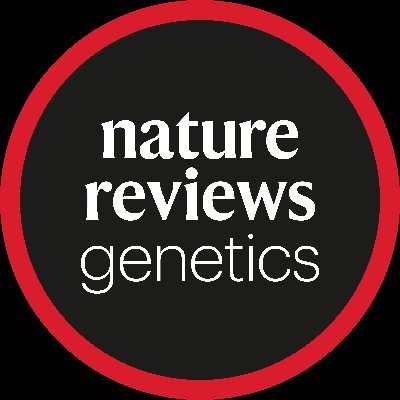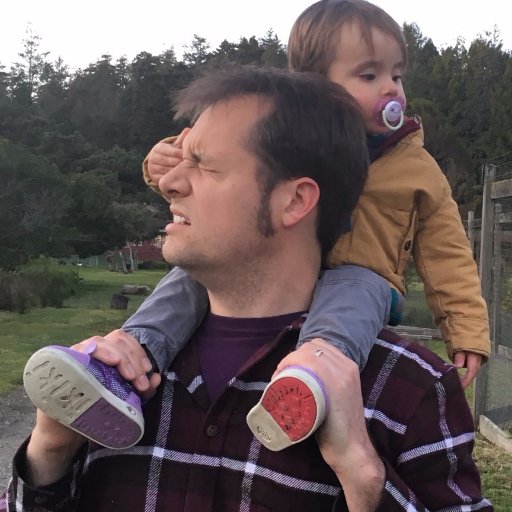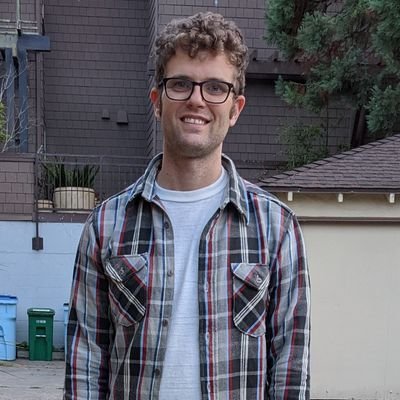
Gideon Bradburd
@gbradburd
Followers
3K
Following
5K
Media
80
Statuses
1K
Assistant Professor at University of Michigan. Evolutionary biology, comp/stat bio, spatial population genetics, dad. also at https://t.co/sXqaXRKEK3. he/him
Joined February 2013
📣Online NOW! 📄Estimation of demography and mutation rates from one million haploid genomes 🧑🤝🧑 @jgschraiber @DocEdge85 & co https://t.co/Z9HINb5mYT
cell.com
Samples of millions of genomes provide substantial information about recent demography and mutation, but standard population-genetic methods make assumptions not met in these data. We introduce DR...
0
14
32
In a new Science study, researchers introduce GAIA, a statistical approach that seeks to learn the geographic position of every genetic ancestor of individuals included in a genome dataset. Learn more ⬇️ 📄: https://t.co/cD9oSZuEoE
#SciencePerspective: https://t.co/ikQfv84nYq
4
116
374
Beyond proud of @meaghansaurus for a spectacular defense of her PhD today! SLiM, snakes, genomics pedigrees, inbreeding depression -- some really fascinating and important work to come from her dissertation. Congratulations Meaghan! 🤩🥳🐍🐍🐍
0
2
14
Our lab group is recruiting for a new Postdoc to join us. We are looking for someone to work on projects in Deep Learning and/or Spatial Population Genetics. Please share.
1
121
135
Inference and applications of ancestral recombination graphs https://t.co/86rcDN0cJ1
#Review by @ras_nielsen, @andrewhvaughn & @YunDeng5 @UCBerkeley
2
25
71
Super excited about this devious new method, DR EVIL, from @jgschraiber !
Excited to share this new preprint with @spence_jeffrey_ and @DocEdge85 in which we developed a method to infer demographic history and mutation rates from millions of genomes, and applied it to gnomAD v4 data. Read on for a brief thread! https://t.co/gLVQ77Sa5M
1
9
26
This is wrong, but there is a lot of confusion about why (thread)
Most people don't realize that interbreeding with other races means that strangers on the street from your own race are more related to you than your own child. Amplify this, @elonmusk and spread the knowledge!
25
124
1K
Congrats to the whole team, especially our fearless leaders @petrelharp, @min_jiseon and my student Elsie Chevy, on this paper about pop gen in space: https://t.co/8glVxeL2et. The paper is a "guide" as the title says, AND 1/4
biorxiv.org
Individual-based simulation has become an increasingly crucial tool for many fields of population biology. However, implementing realistic and stable simulations in continuous space presents a...
1
23
61
Two new preprints from my group today---this one was led by @Dandan_Peng with an assist from Obadiah Mulder. Dandan benchmarked a bunch of leading ARG-estimation methods with respect to a specific goal (1/n)
Evaluating ARG-estimation methods in the context of estimating population-mean polygenic score histories https://t.co/xHV22liAZH
#biorxiv_genetic
2
26
59
Inferring the geographic history of recombinant lineages using the full ancestral recombination graph https://t.co/W1sB5mZwII
#biorxiv_evobio
0
4
11
New preprint! This study identifies partial sweeps at insecticide resistance genes that have spread across Aedes mosquito populations worldwide. These sweeps constrast with genome-wide admixture patterns and local resistance architectures https://t.co/s3ZI2Nncst
biorxiv.org
Aedes aegypti (yellow fever mosquito) and Ae. albopictus (Asian tiger mosquito) are globally invasive pests that confer the world’s dengue burden. Insecticide-based man-agement has led to the...
1
6
15
10/10 Really excited for feedback on this - please reach out w/ thoughts/suggestions!
1
0
4
9/n E.g., how much of your genome did you inherit from ancestors that lived inside some region X years ago. Using this definition, ancestry is not static - it changes through time as your ancestors (carrying the bits of genome that will end up in you) moved around.
1
1
12
8/n We think the method offers a big step forward for how to think about ancestry (particularly in humans): best defined with *explicit* reference to a point in space AND time.
1
0
7
7/n Despite these caveats, we think this is a useful approach. See below for the tanglegram for a single individual (in white): lots of recent ancestors ALL OVER; median ancestor location tracks out of Africa
1
3
11
6/n Also, important to note that the minimum cost migration surfaces become a lot flatter for ancestors deeper in the past because there's less information about exactly where they lived
1
0
4
5/n Note that this is not the same as the geographic history of human dispersal! We can only learn about *shared* genetic ancestors from the sequenced *sample*.
1
0
6
4/n We then apply it to a large sample of humans to infer the geographic history of human genetic ancestry. The plot below shows a visualization (a "tanglegram") of all the branches that connect all the modern day samples to all of their ancestors through space and time.
1
2
14
3/n We tested it using simulations under a variety of scenarios and dispersal kernel shapes, and found that we can accurately recover ancestor locations, even relatively far in the past
1
0
4















